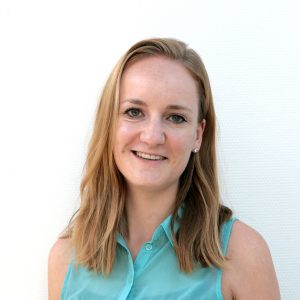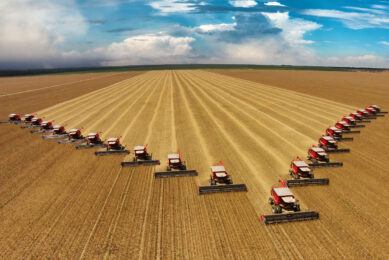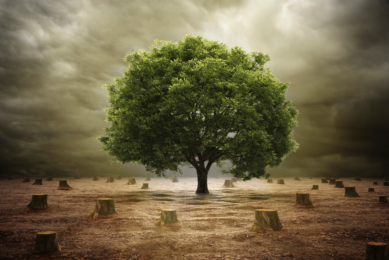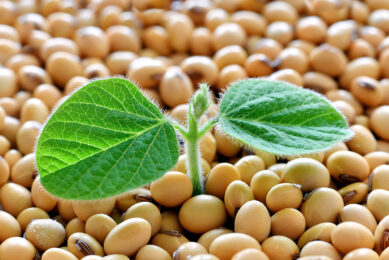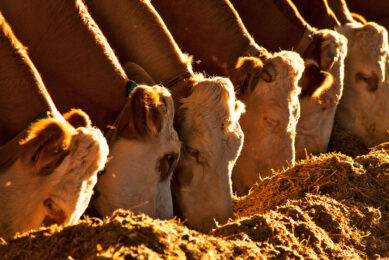Soy without deforestation should become standard in the EU
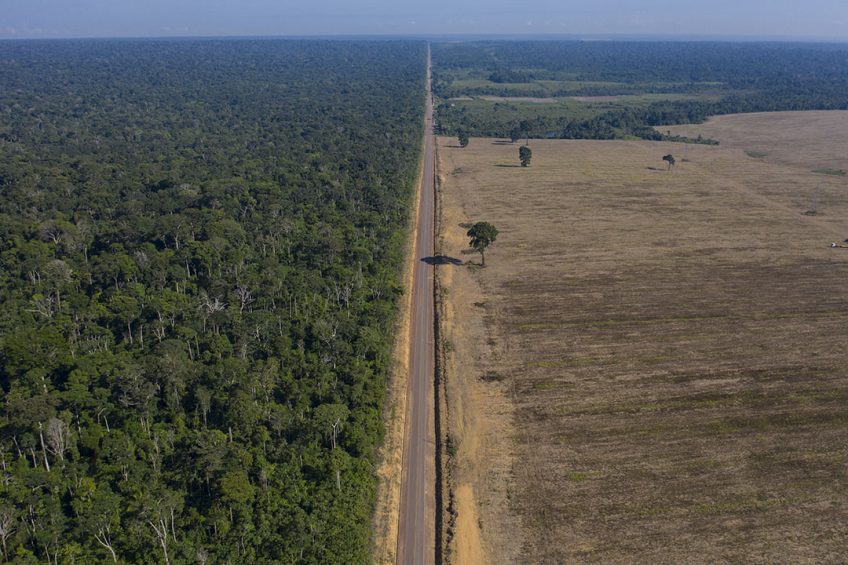
Soy is associated with deforestation and conversion of natural areas. A new European law that is currently being developed should put a stop to deforestation. The European animal feed sector has already made a start − with a focus on conversion − in the new guidelines for sustainable soy.
Deforestation of nature areas for agriculture is an issue worldwide. It is on the agenda of large multinationals, (national) governments, NGOs and banks. Work is currently underway on deforestation legislation at the European level. Recently, the European animal feed organisation FEFAC came up with new guidelines for the purchase of sustainable soy, in which more attention is paid to deforestation. Coincidentally, the new guidelines came a few weeks after the World Wide Fund for Nature (WWF) raised the alarm about deforestation in a report. According to WWF, one of the major causes of deforestation is the high demand in Europe for palm oil, soy for animal feed and cocoa.
Soy sourcing guidelines
The new version of the FEFAC guidelines, the soy sourcing guidelines (SSG), followed an earlier version in 2015. The SSG is a comparison tool with which programmes and schemes for sustainable soy can be compared. An important change from the previous version is the option to compare soy programmes to conversion-free soy: i.e., soy that has not been grown in natural ecosystems that have been converted to agricultural land. The previous version only focused on illegal deforestation. According to FEFAC, conversion-free soy is of interest to both the market and politicians.
“The pressure on and interest in soy for which no conversion of natural ecosystems has taken place is increasing. We see it at the political level, but also with retailers and NGOs. With upcoming European legislation, you can see that more and more parties are working on it,” says Anton van den Brink, Senior Policy & Communication Manager at FEFAC.
Henk Flipsen, director of the Dutch trade association Nevedi, is also aware of market demand, although, according to him, it is still fairly limited. “Market demand is definitely there in the Netherlands, for example, in the Dutch dairy chain and some concepts in the meat sector that have fully met their soy needs with Round Table on Responsible Soy (RTRS) soy. Market demand is still low at the European level, but it’s gaining momentum. It also takes time. You’re dealing with a practical situation with many different countries, governments and cultures. The time to make sustainable soy mainstream is determined by the SSG.”
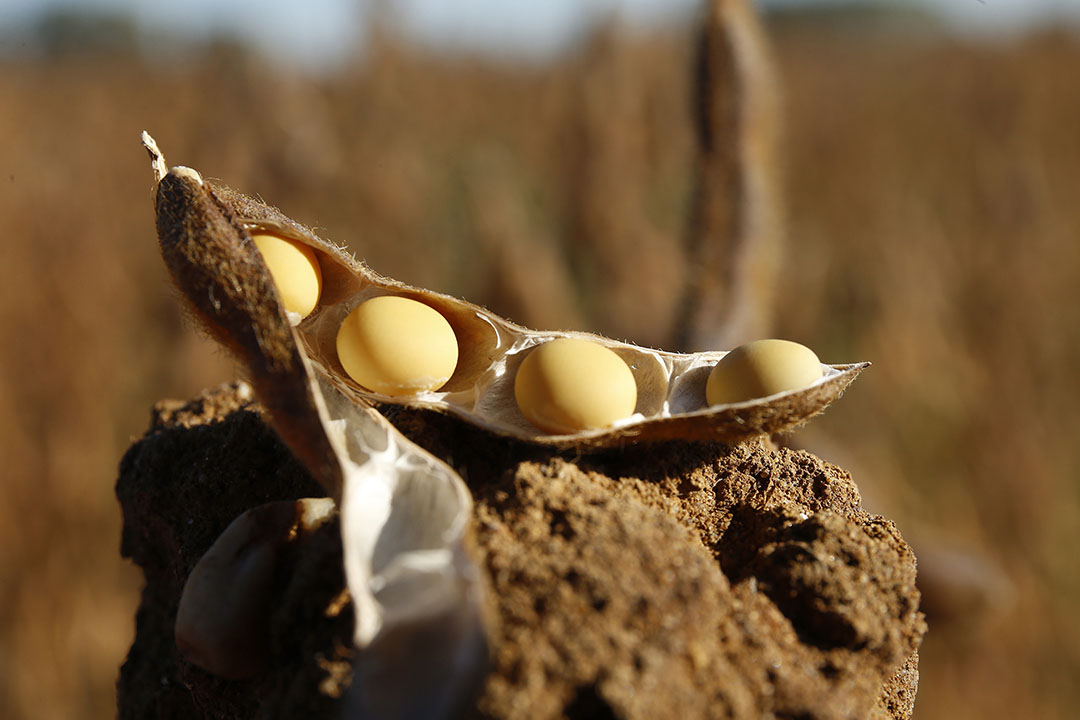
Soy for conversion is still non-binding
The fact that the option to compare soy for conversion is still a non-binding criterion in the new SSG is partly due to the fact that it gives market parties the time to adapt. This non-binding nature may in the future change into a mandatory requirement for those wishing to comply with the SSG.
The European Parliament is aiming high, but it remains to be seen what will be in the final law.
European legislation on deforestation
The European Commission is in fact working on legislation in the field of deforestation. This is not only about soy, but about so-called forest-threatening raw materials. A bill is expected to follow in the second quarter of this year.
In the run-up to the new law, the European Parliament (EP) called on the relevant committee last year to do more in the field of deforestation. The Parliament cited a 2013 study showing that the EU imported and consumed 7 to 10% of all products related to deforestation worldwide.
The EP is not convinced about how some aspects of soy programmes will work, such as making a route to “conversion-free soy” the default option. If it is up to the Parliament, due diligence will become mandatory for companies in the soy chain. This means that all companies must conduct a risk assessment of their products and/or raw materials to identify, prevent, mitigate and account for the issue of deforestation throughout the supply chain. Companies that do not do this and put products on the European market derived from raw materials that endanger forests and ecosystems should be punished, the EP said.
Conversion-free soy
According to Anton van den Brink, it is still unclear exactly what the committee will come up with. “The European Parliament is aiming high, but it remains to be seen what will be in the final law. Are obligations included regarding the use of deforestation-free or conversion-free soy? Which definition is used for deforestation free or conversion free? And which cut-off date will be used? The requirements for the so-called chain of custody (see box below) are also a question mark.”
The cut-off date is the moment after which no deforestation or conversion of a specific area has taken place. In the FEFAC guidelines, the cut-off date for the conversion-free soy criterion is set at 2020. Van den Brink: “Some parties will say: that’s not good enough for us, while it may be very ambitious for others. In principle, a cut-off date of 2020 means that after this date no new areas will be deforested, whether illegal or legal.”
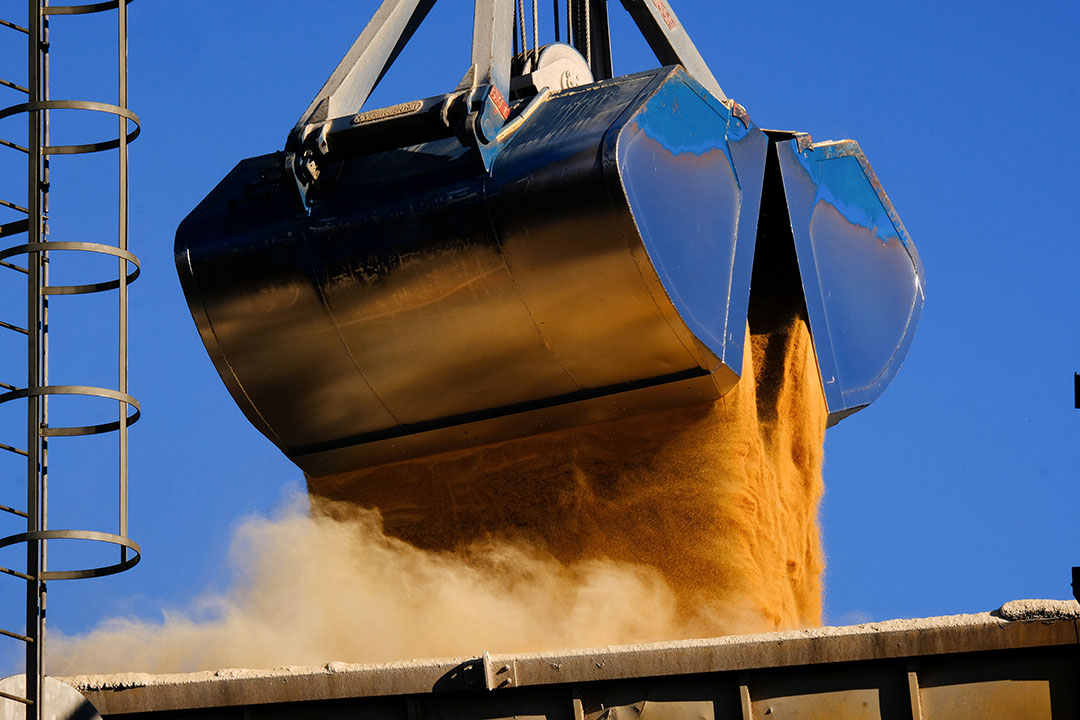
Transparency
FEFAC’s mandate is to provide transparency. “On that basis, market parties can make their own choices. We don’t impose anything on our members. We leave room for pioneers, but non-pioneers must also be given scope to take steps. But we do hope that, partly thanks to the SSG, we can initiate a trend towards a mainstream market for responsible soy,” says Van den Brink.
Henk Flipsen thinks it’s a good signal from Europe and the European animal feed sector, but he is also realistic. “The signal is good, but the market impact on an international level is still modest. China is and will remain by far the largest importer of soy worldwide, Europe is only responsible for a small proportion, about 10% of world production. But in the international context, we must be satisfied with small steps. In this respect we can set an example for the rest of the world.”
What the legal requirements for responsible soy sourcing will look like remains to be seen − until later this year. Van den Brink does hope that the legislation will not mean that risks will be avoided by European market parties. “If the legislation ensures that they only want soy from areas where the risks are low, such as the United States, you cannot contribute to improvement in areas with more risk. Then the risk areas will remain “left” for large importers such as China, and nothing will really improve. It would be best if the soy sourcing guidelines and the programmes that comply with them also comply with the legislation so that this becomes the market standard in Europe.”


